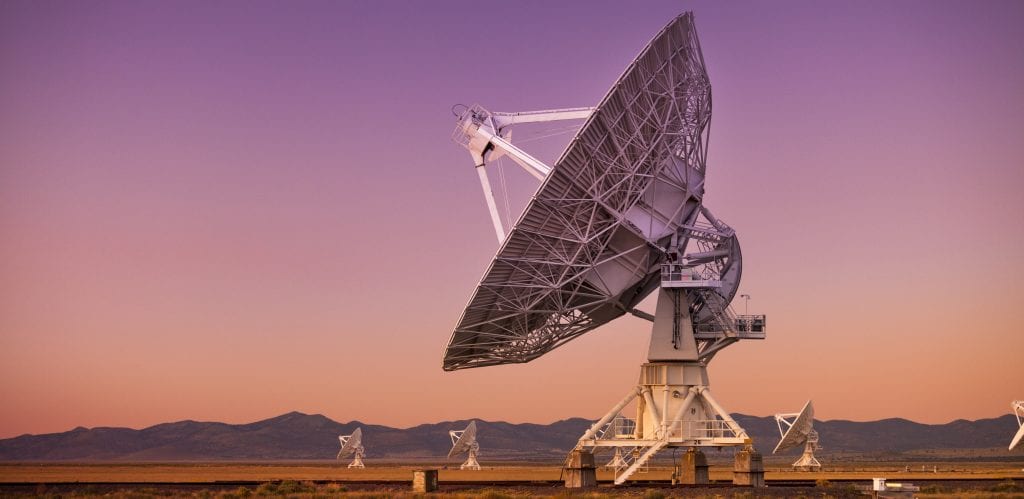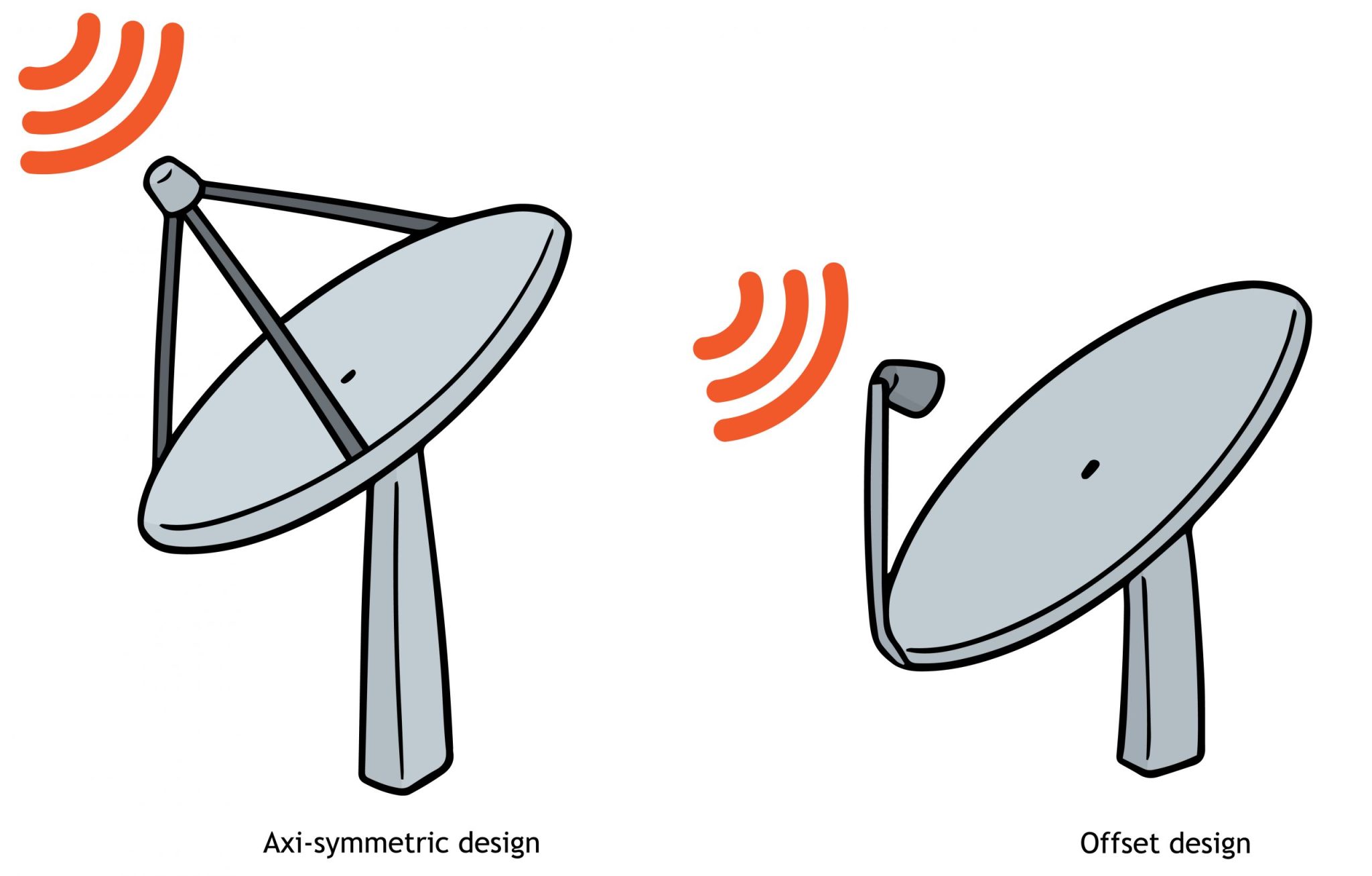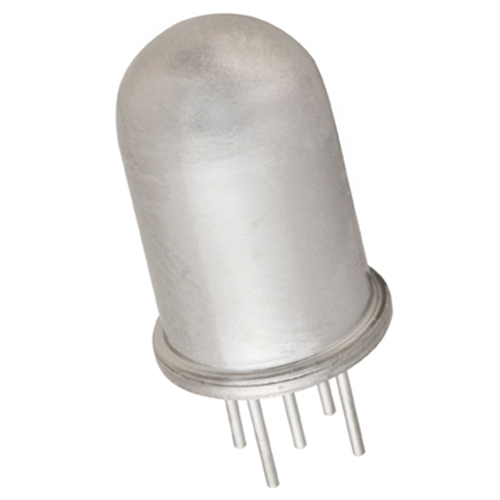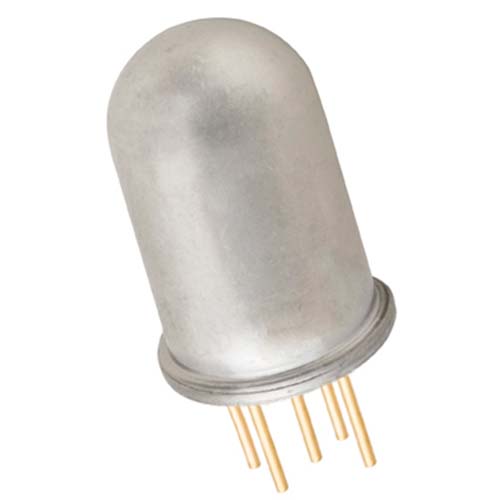Las dos consideraciones principales a la hora de orientar una antena parabólica son el ángulo de elevación y el acimut. El ángulo de elevación es el ángulo en el que la antena parabólica apunta hacia el cielo (normalmente) en un ángulo de 90° con respecto a la señal del satélite. Un ángulo de elevación de 0° se considera paralelo a la Tierra y un ángulo de elevación de 90° se considera apuntando directamente al cielo. Esto significa que tu ángulo de elevación estará en algún punto entre ambos. Ten en cuenta que también hay antenas "desplazadas" en las que el objetivo no es estar en un ángulo de 90°. Esto se consigue más fácilmente con un sensor de inclinación o inclinómetro, que es donde nuestros productos entran en juego.

El azimut es esencialmente un rumbo de brújula; la antena parabólica debe apuntar en la dirección del satélite. Por ejemplo, si un satélite está sobre el ecuador, y yo estoy en el hemisferio norte, la antena parabólica deberá apuntar en dirección sur. Por el contrario, si estoy en el hemisferio sur, la antena parabólica tendrá que apuntar en dirección norte.
El objetivo de estas dos posiciones para el satélite es optimizar la intensidad de la señal para que tengas la mejor señal y puedas utilizar el servicio por satélite sin interrupciones. Si dispone de las coordenadas GPS de su antena parabólica, podrá calcular fácilmente el acimut y el ángulo de elevación necesarios para obtener una señal óptima. Los satélites de gama alta y los satélites móviles suelen tener un ángulo automático de elevación y cálculos de acimut mediante la inclusión de un sensor de inclinación o inclinómetro y una brújula digital e incluyen motores para posicionar automáticamente la antena parabólica.

El sensor de inclinación Fredericks más común para los cálculos del ángulo de elevación es el sensor de inclinación 0717-4318-99, que es nuestra opción de medición de inclinación de menor coste. Este sensor tiene un rango de ±60°, lo que le da un rango operativo total de 120°, que es más que suficiente para casi todas las aplicaciones de satélites. También tiene una precisión de ±0,1°, que es más que suficiente para la mayoría de las aplicaciones de satélites. Si se necesita una mayor precisión, también ofrecemos el 0717-4313-99 que tiene el mismo rango operativo con una precisión mejorada de ±0,05°.
Note que los sensores de inclinación de Fredericks requieren electrónicos de acondicionamiento de señales para dar una salida de posición angular. Ofrecemos una variedad de tarjetas de acondicionamiento de señales para nuestros sensores, y soluciones preempaquetadas y selladas para el medio ambiente que tienen salidas fáciles de usar como comunicaciones analógicas de 0 a 5 V DC, RS-232, RS-485, o SPI.
Recommended Tilt Measurement Solutions for Satellite Antenna Positioning
0717-4318-99 Sensor de inclinación
Operating Range: ±60°
Repeatability: ±0.1°
Operating Range: ±50°
Repeatability: ±0.05°







